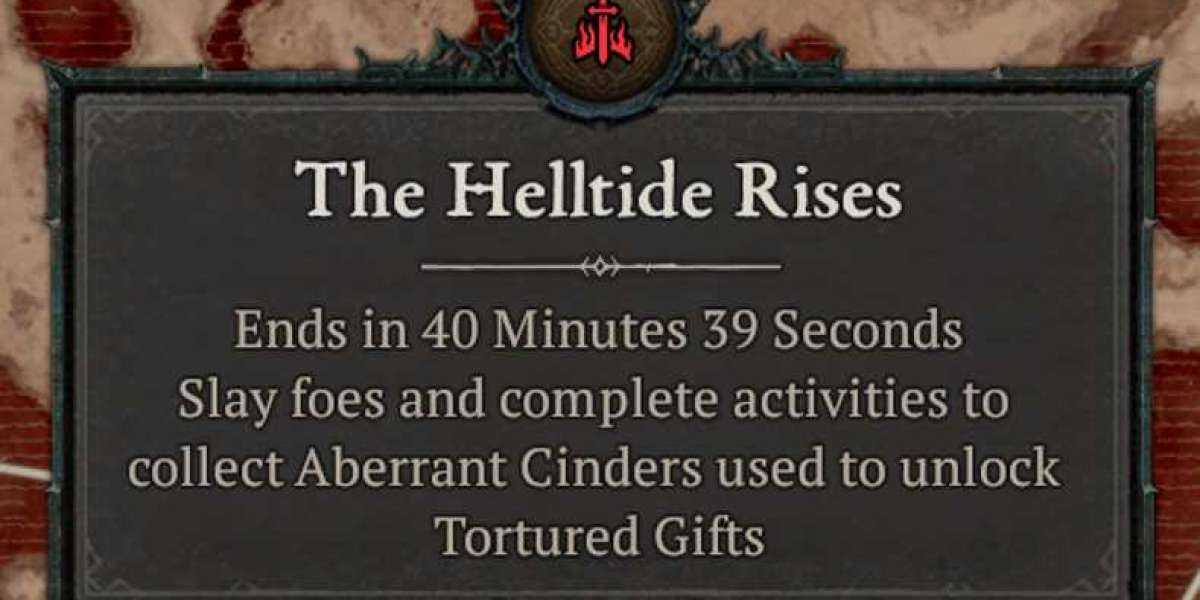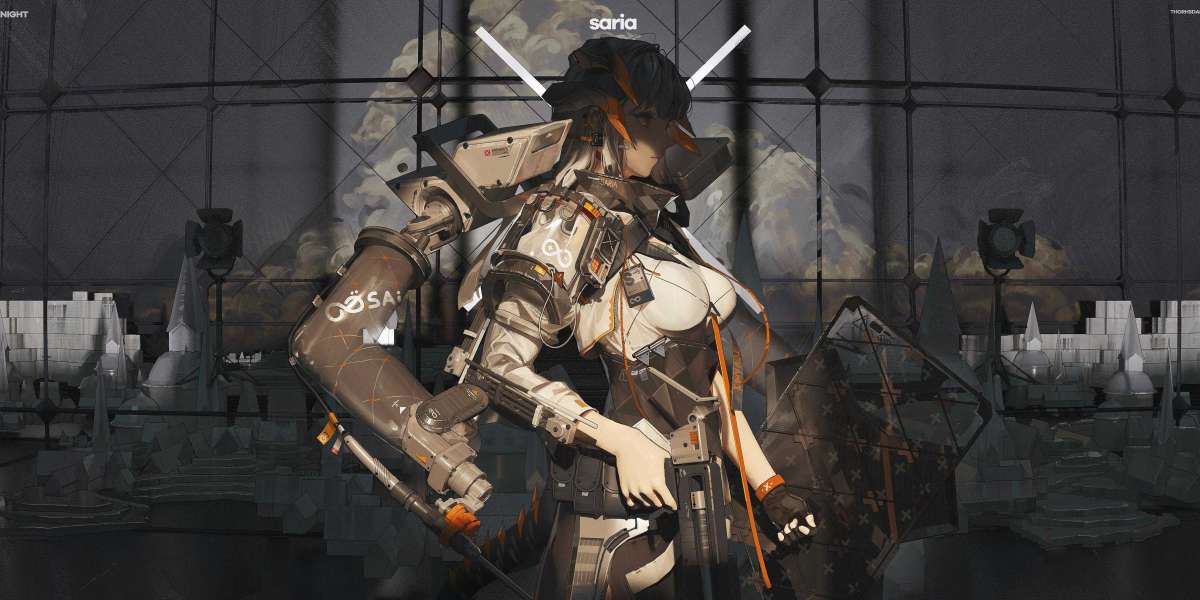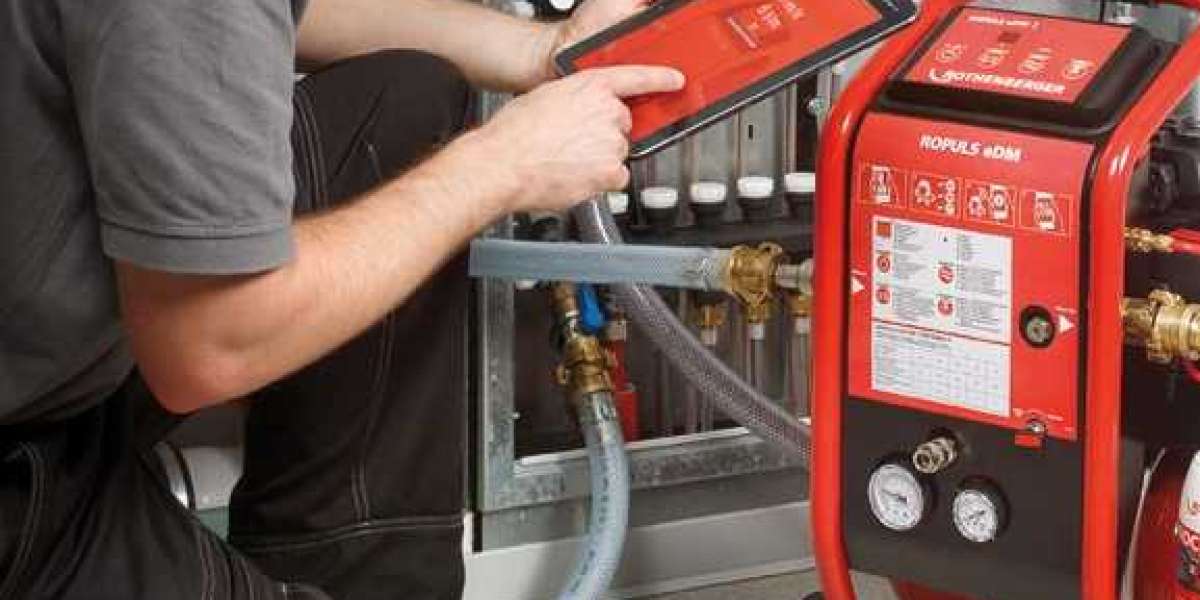The best robot vacuum cleaner and mop Robot Vacuum 2023
Keeping your floors clean isn't always simple but robot vacuums can make it easier. The best ones nab tracked-in dirt, crumbs, shed pet hair and more.
Although they're unable to do as good of a job as the regular vacuum however, they've come a long way over the last few years. They're more efficient, smarter and (marginally) better at avoiding chairs.
Smart Mapping
Utilizing navigation tools such as lasers and sensors, robotic vacuum cleaners work their way through your home, sucking pet hair, crumbs, and dirt from their dustbins. They can be found on hard floors like wood, tile and laminate and also low-pile carpets and area rugs. The most advanced robots map your home, so they can recall where they've been and avoid bumping into obstacles like sofas, chairs and bookshelves that you may prefer to keep out of your way. You can also set up no-go areas on your smartphone to instruct your robot to avoid rooms you don't wish it to clean.
Robots equipped with advanced mapping capabilities, such as the Roomba j7, utilize processor-powered cameras and onboard sensors to detect and avoid obstacles. Then, you can allow it to complete the task without having to keep an eye on the status of your floorplan, or manually move obstacles out of the way. The TP Link Tapo RV30 Plus is a robot that combine vacuuming and mopping. It's a single-stop solution to keep your home tidy. It has a great suction feature and can be used with Alexa or Google Assistant. It also has a useful self-emptying feature, and can be used as a security camera.
A cheaper robot that vacuums, mop and can also be used as a robotic trashcan, the Roborock Q Revo is a excellent choice for homes that don't need the advanced features of more expensive models. However, it does have some disadvantages in comparison to the Roomba J7 and S8. It's got one brush instead of dual roller brushes, which means it may not be as effective at removing larger pieces of debris like socks and shoes. Also, it doesn't include AI obstacle avoidance technology, so you might need to get rid of clutter prior to running it.
The iLife A4s Pro is a basic robot that's perfect for those who prefer simplicity and competence. It costs less than $200 and provides consistent, strong suction on both hardwood and carpets with low pile and avoids tangles with rug threads. It doesn't come with any advanced features, however it does its job well. It also works with voice commands, which means you can run it on a schedule or set up no-go zones through the app.
Object Detection
Object-avoidance technology can be the difference between a robot vacuum's ability to navigate your home. Some models on our list include sensors (or even cameras) which help your robo-cleaner avoid common robot traps like cords, toys for children and pet messes. The iRobot Roomba j7 is one of the best examples of this type of smart technology in action. It also has a stylish clean base that empties the dustbin automatically so you don't need to.
During our tests the robotic cleaner up in a large house and were awed by how quickly and thoroughly it cleaned up floors without getting sluggish. It has impressive maneuverability and can reach places that stand-up vacuums are unable to go, including under sofas and under beds. It also has excellent suction, a massive 500-milliliter dustbin and over two hours of runtime. However, it isn't equipped with the ability to set no-go zones in the app and its detection of objects is a bit hit-or-miss which means that we saw it bump into things occasionally during our tests (resulting in the tumbling of a few vase tops).
It's important to keep in mind that, no matter how intelligent a robot vacuum may be, it will not substitute for your upright or canister vacuum. It's not equipped to clean carpets with a lot of dirt. It's not able to reach ceilings or other areas that are difficult to reach. It can be an effective addition to your routine cleaning for getting rid of pet dander, and hair.
Sensors are integrated into many robot vacuums to help them navigate around obstacles and stairs. They can tell when they're about fall down the stairs, for instance, and can also recognize messy spaces and maneuver around them. However, if you're not careful, your robo-cleaner might become stuck on a cord or shoe and need some help.
Some smarter robot vacuums have mapping capabilities, which allow them to create a floor plan of your house and locate themselves within it. They can then identify which areas they have cleaned and can reduce time by not having to go over the same spots. It also lets them resume where they left off if they have to return to their charging dock.
Self-Emptying
A vacuum cleaner that automatically empty its dust bin when it is full is an incredible convenience. Some models also have a window that lets you see when the bin needs to be emptied. This is an excellent feature for those with pets or children who tend to create more mess than adults.
The majority of robot vacuums allow you to choose whether the machine is controlled with a remote, an app from your phone, or through voice commands. They offer a range of digital features, including scheduling and maintenance tips. Using the right settings, you can program your robot to clean at a regular time or on an annual basis. You can also program the robot to mark out and clean specific areas of your home.
Some of the smartest robot vacuums we've tested are equipped with built-in cameras as well as smart sensor technology that allows them to create maps of your home. You can save these maps in the robot's app to quickly navigate through your home. Some of these systems even remember the furniture layout and transitions between hardwood flooring and carpet.
Smart vacuums can save you time by mapping and cleaning entire homes in a timely manner and keeping detailed records of the cleaning sessions that have occurred previously. You can access these records through an app for your smartphone or tablet. Most can also connect to your smart speaker, so you can control them via voice commands.
TP-Link Tapo RV30+ is self-emptying robot that provides excellent performance at a low cost. It can clean both floors and sweep pet hair and other particles from low-pile and hardwood rugs. It's not as advanced as other robots we've reviewed however, it does what does very well.
The wheels that resemble a tank on this model permit it to glide across the high transitions between rooms as well as obstacles like tangled cords from devices that can cause problems for other robots. It has a huge bin that doesn't have to be manually emptied and it can charge itself and resume cleaning if it runs out power. It's more expensive than other robotic vacuums we've tried, but it blends powerful suction and simple controls to provide a fantastic value.
Voice Control
The majority of robot vacuums can be controlled via a remote control or an app that runs on smartphones. Certain robot vacuums can be operated by voice commands via smart speakers such as Amazon Echo or Google Home. This is a great option for robots that need to be cleaned and you have pets or small children that could interfere.
The majority of models have an automatic mode that functions without input from you. Simply press a button on the robot or in the app, and it will start sucking up dirt, food hair, and crumbs. These robots can be programmed to clean in accordance with a schedule, making them ideal for those who simply want to set and forget.
Some of the most expensive models include an advanced feature that makes use of artificial intelligence to look around your home and identify obstacles. These models can identify things like stairs, power cords as well as furniture, and can even identify different types of flooring. This helps them avoid these hazards, which is especially useful in homes with a lot of rugs and other flooring coverings that are difficult for robots to navigate.
Other robots are more basic in their ability to detect objects however they can are still able to do the job. One example is the TP-Link Tapo RV30 plus, that has the sleek, fuss-free appearance of a WiFi hub but offers the performance of a top bot. It has a strong suction and can handle dirt and debris from medium-pile flooring and carpet. Its squat and short side brush is less likely to get stuck in cords or shoes. The hybrid roller brush, which uses bristles, as well as plastic, offers a thorough cleaning.
The model is more expensive than other robots in the middle-end however, it can do everything you would expect from a robot vacuum and mop. It can create and map a cleaning schedule as well as virtual keep-out zones and is compatible with voice assistants. It doesn't offer the same room scanning and obstacles-avoiding features as the j7 and the s8.








